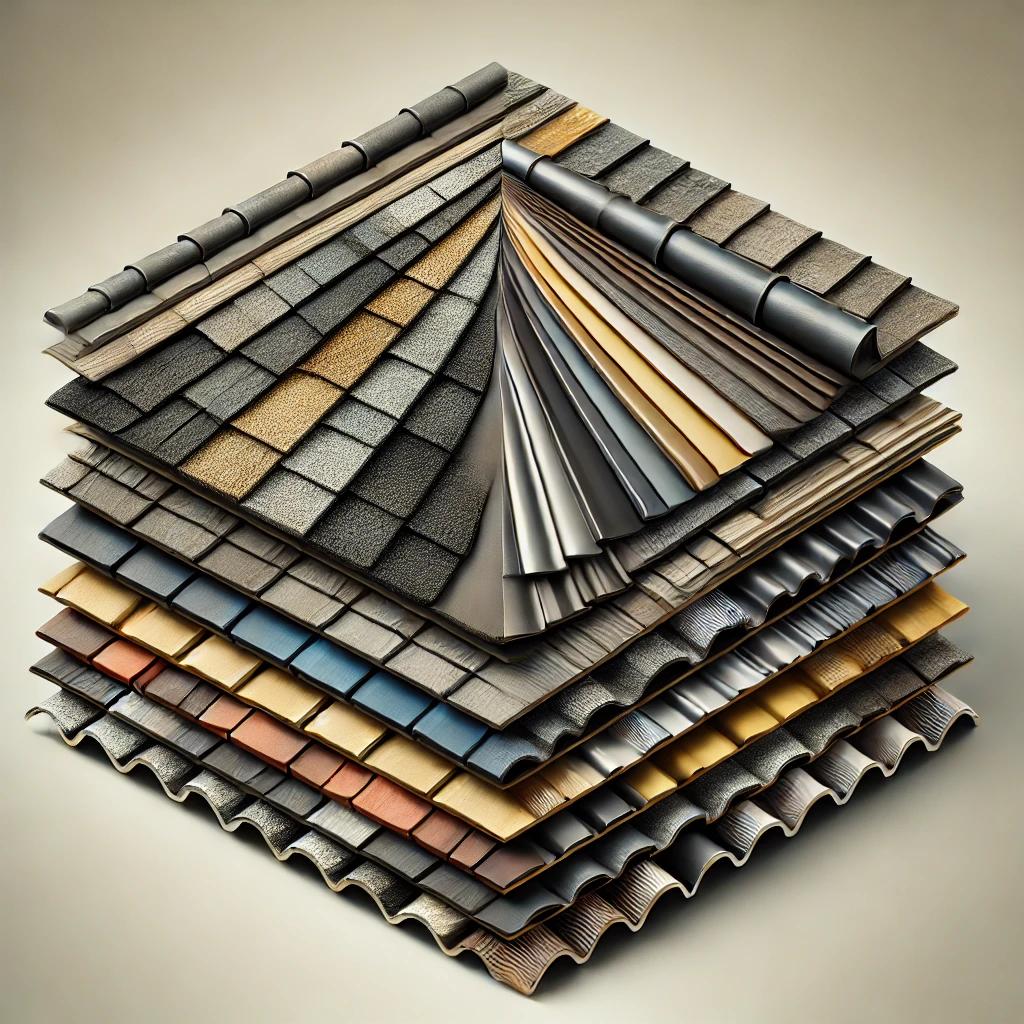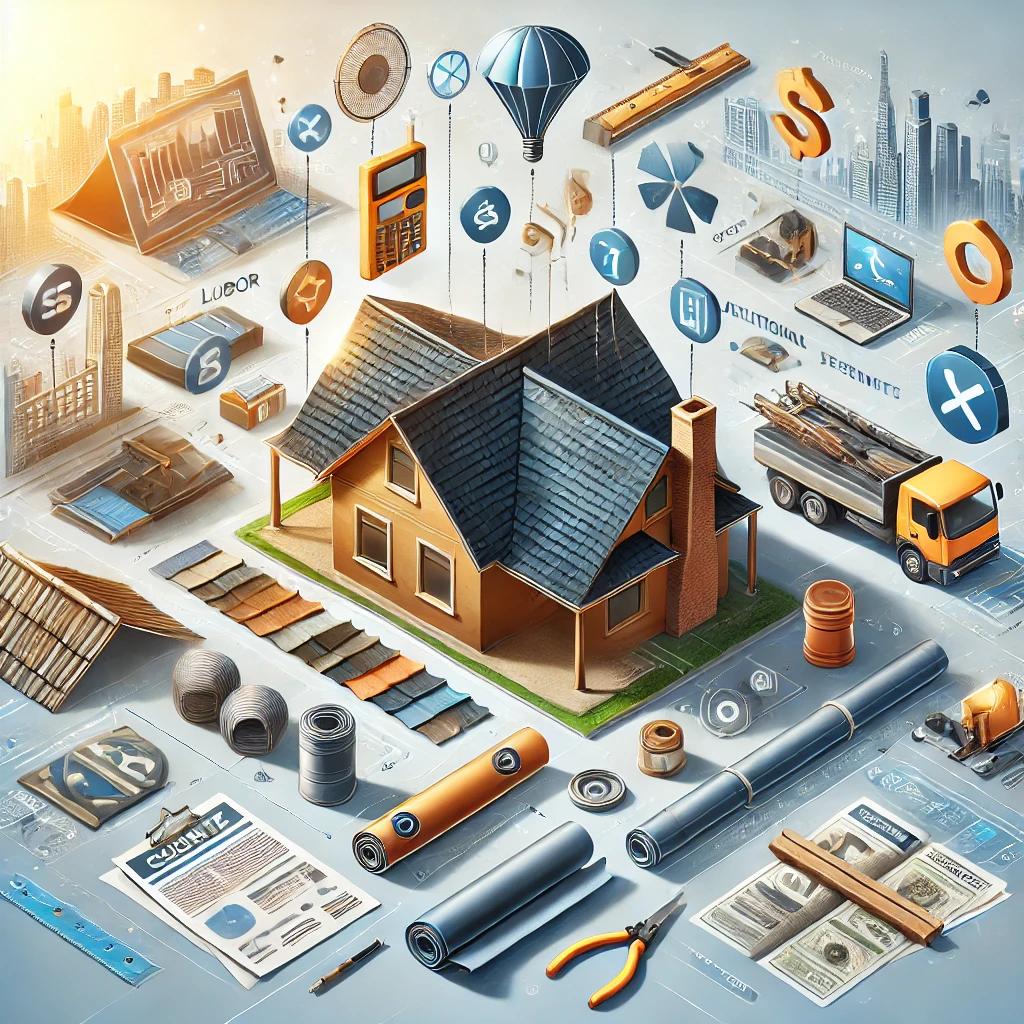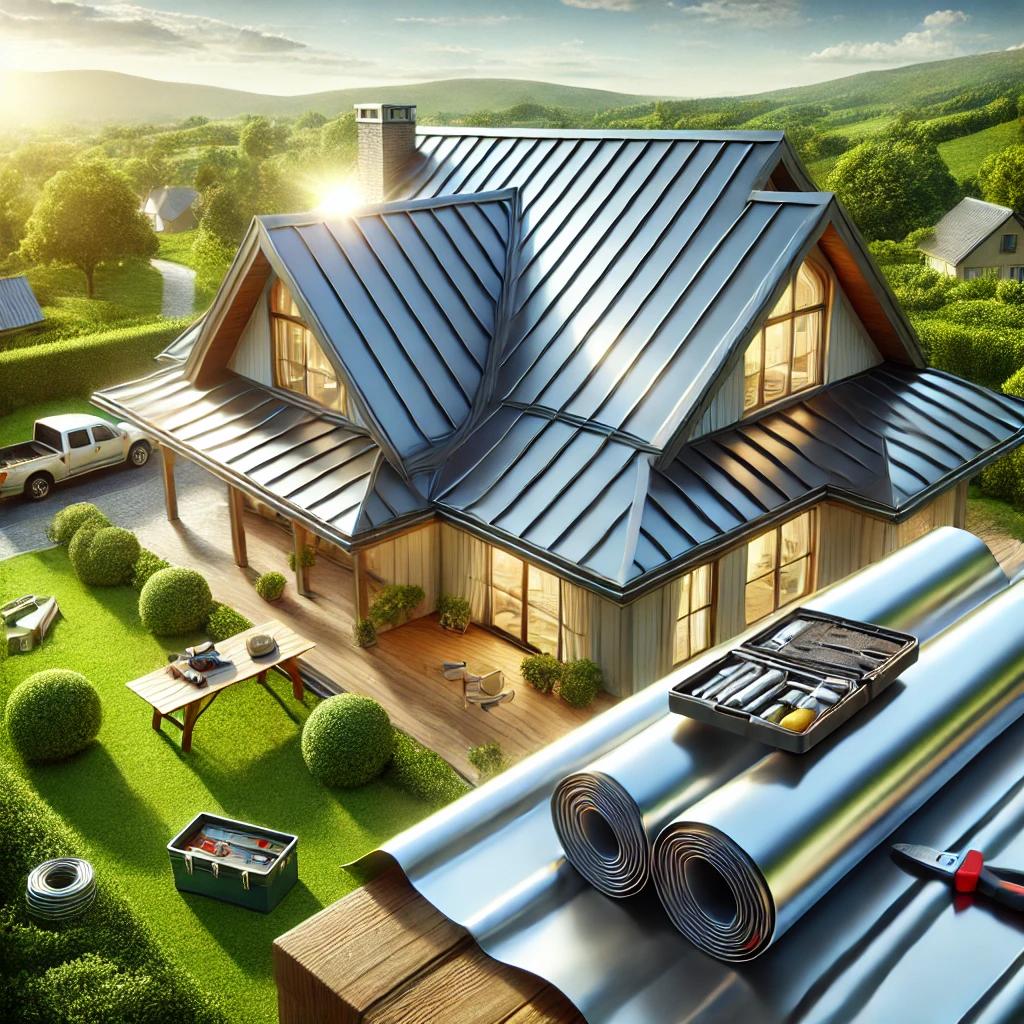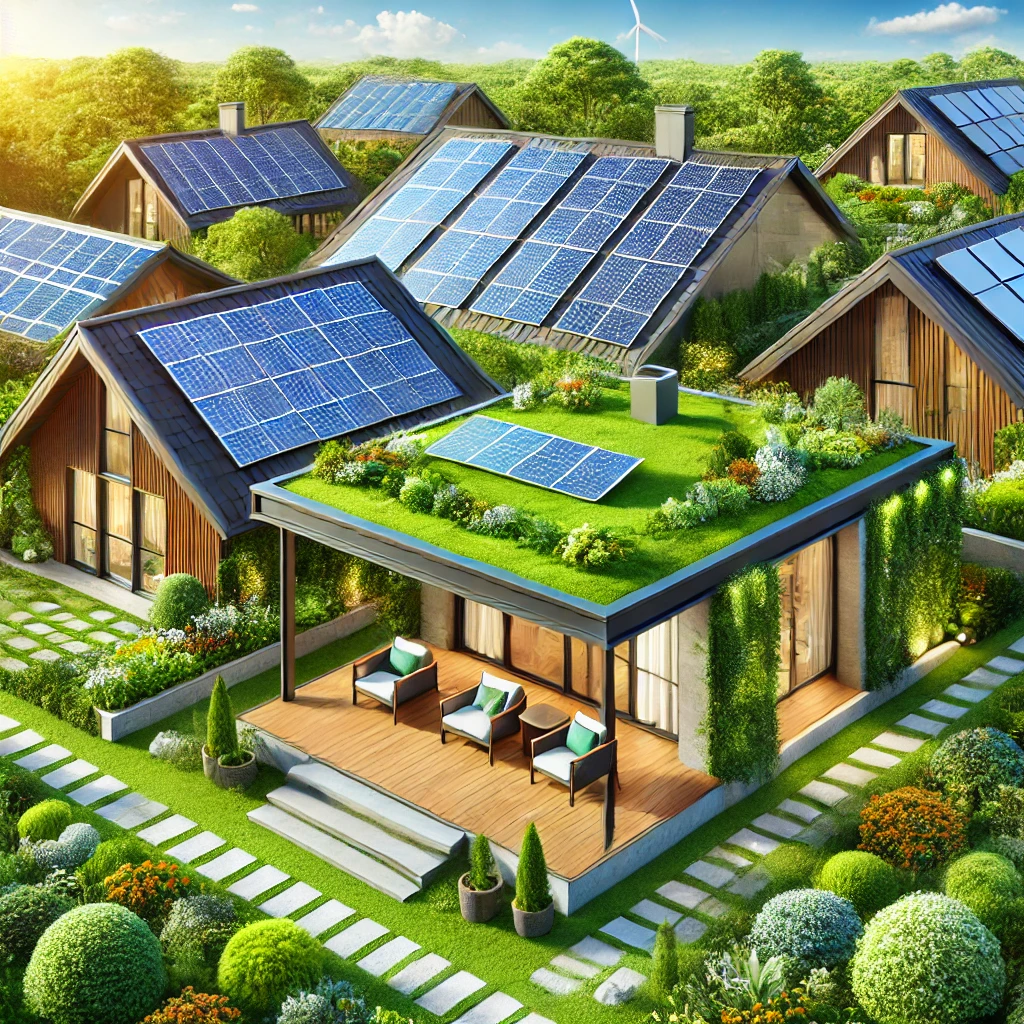10 Signs Your Roof Needs Replacement: When to Take Action
Your roof is one of the most important parts of your home, protecting everything inside from the elements. Over time, even the sturdiest roofs will show signs of wear and tear, and knowing when it's time for a replacement can save you from costly damage down the road. Here are ten key signs that your roof may need to be replaced, and what to look out for to make the best decision for your home.
1. Age of the Roof
Most roofs are built to last between 20 and 25 years, depending on the material and installation quality. If your roof is approaching or surpassing this age, it may be time to consider a replacement, even if it looks fine from the ground. Older roofs are more susceptible to leaks, cracking, and other forms of damage that might not be immediately visible.
2. Curled or Buckling Shingles
Take a close look at your roof’s shingles. If they are curling or buckling, this is a strong indication that the shingles are past their lifespan. Curled shingles not only affect the appearance of your roof, but they also reduce its ability to shed water effectively, increasing the risk of leaks and moisture buildup inside your home.
3. Missing Shingles
Missing shingles are one of the most obvious signs of roof damage. Strong winds, storms, or simple aging can cause shingles to come loose or fall off. Missing shingles leave your roof vulnerable to water infiltration, which can cause structural damage to the roof deck, insulation, and even the interior of your home.
4. Cracked or Damaged Shingles
Shingles that are cracked or show other signs of damage (like splitting) are not protecting your home as they should. While a few damaged shingles might be repairable, widespread cracking is a sign that your roof is at the end of its life and may need a complete replacement.
5. Granules in the Gutters
If you start noticing granules (the small particles that coat asphalt shingles) accumulating in your gutters, this is a red flag. As shingles age, they shed these granules, which act as a protective layer. Losing too many granules means your shingles are deteriorating and no longer providing adequate protection against the elements.
6. Sagging Roof
A sagging roof is a serious problem that requires immediate attention. This often indicates structural issues with the roof deck or foundation. Sagging can be caused by water damage, rotting wood, or even excessive weight from snow or ice. If your roof is sagging, it's time to call a professional, as a replacement may be necessary to prevent further damage or a potential collapse.
7. Moss, Mold, or Algae Growth
While some moss or algae on your roof may not seem like a big deal, it can actually lead to significant damage over time. Moss retains moisture, which can cause roofing materials to deteriorate. Additionally, mold growth can spread to other areas of your home, leading to health concerns. If moss or mold is widespread, it could be a sign that your roof is no longer properly draining water and needs to be replaced.
8. Sunlight Coming Through Roof Boards
If you can see sunlight peeking through the boards in your attic, this is a clear indication that your roof has holes or gaps. These openings allow water, cold air, and pests to enter your home, leading to bigger issues. This is a sign that your roof may need to be replaced immediately to prevent further damage.
9. Higher Energy Bills
A sudden increase in your energy bills may be linked to your roof. If your roof’s insulation is compromised due to leaks or poor ventilation, it could be allowing hot or cold air to escape, forcing your HVAC system to work harder. Replacing an inefficient roof can not only solve the problem but also improve your home’s energy efficiency.
10. Water Stains on Ceilings or Walls
Water stains inside your home, particularly on ceilings or walls, are a telltale sign of a leaking roof. If you notice water spots, peeling paint, or dampness, it could mean that water is penetrating your roof and seeping into your home. This type of water damage often leads to mold growth and structural issues, making roof replacement an urgent necessity.
When to Take Action
Once you've identified any of these signs, the next step is determining when to act. If you notice just one or two signs, you might be able to repair small sections of the roof. However, if several of these signs are present, it’s likely time to replace your roof.
Don’t wait until a minor issue becomes a major headache. Addressing roof problems early on can save you money and prevent damage to your home’s interior. If you're unsure, it’s always a good idea to consult a professional roofer to conduct a thorough inspection. They can provide you with an accurate assessment and help you decide whether a replacement is necessary.
Conclusion
Your roof plays a critical role in protecting your home, and recognizing the signs that it’s time for a replacement can help you avoid costly repairs and potential damage. Keep an eye on the condition of your shingles, look for leaks, and take action when necessary to ensure your roof continues to perform its essential function for years to come.
By staying proactive and informed, you’ll be better equipped to make decisions about roof maintenance and replacement when the time comes.




